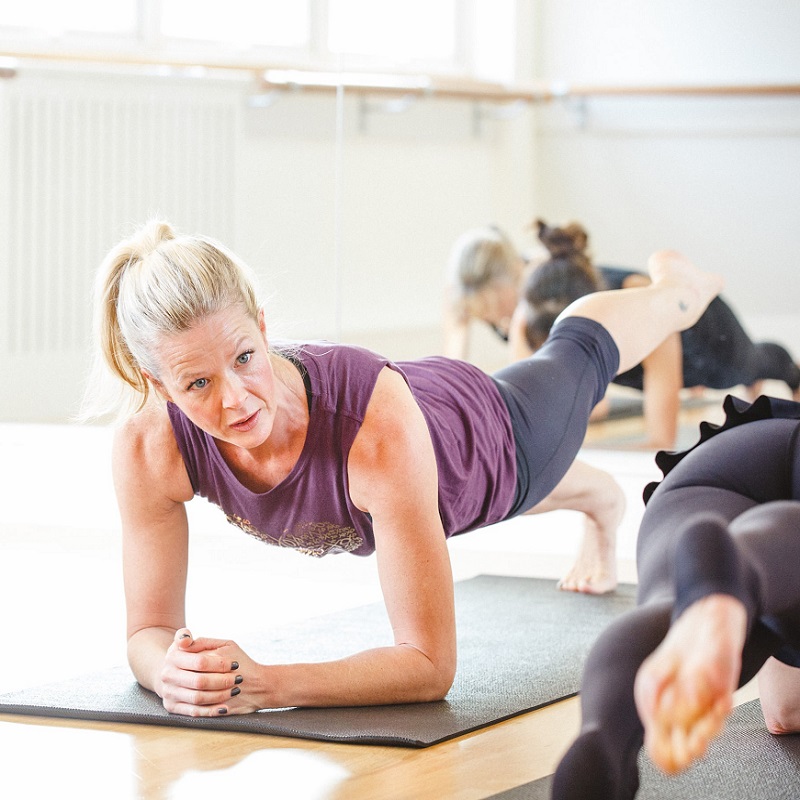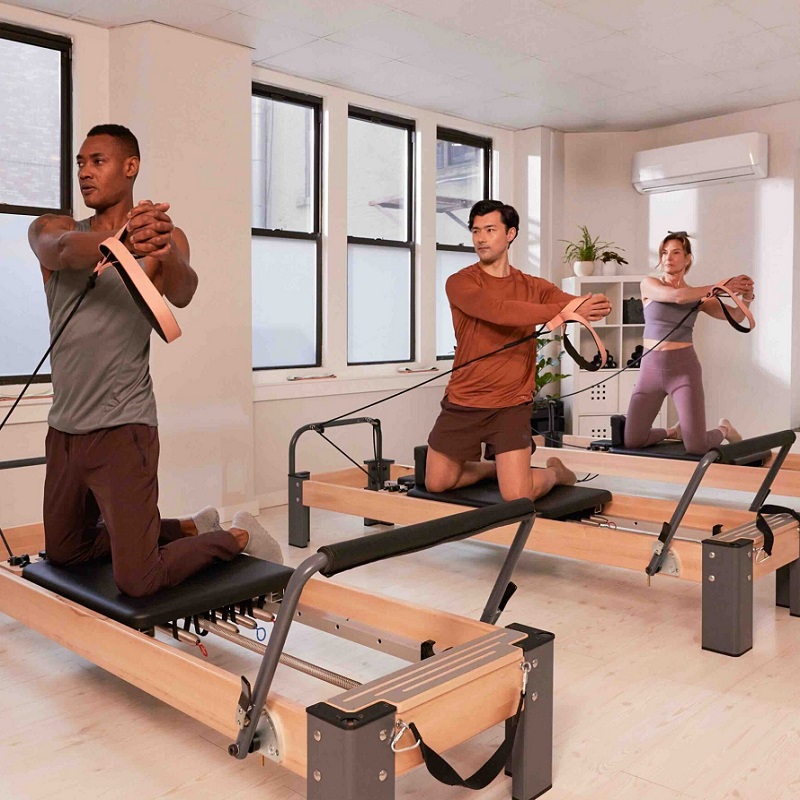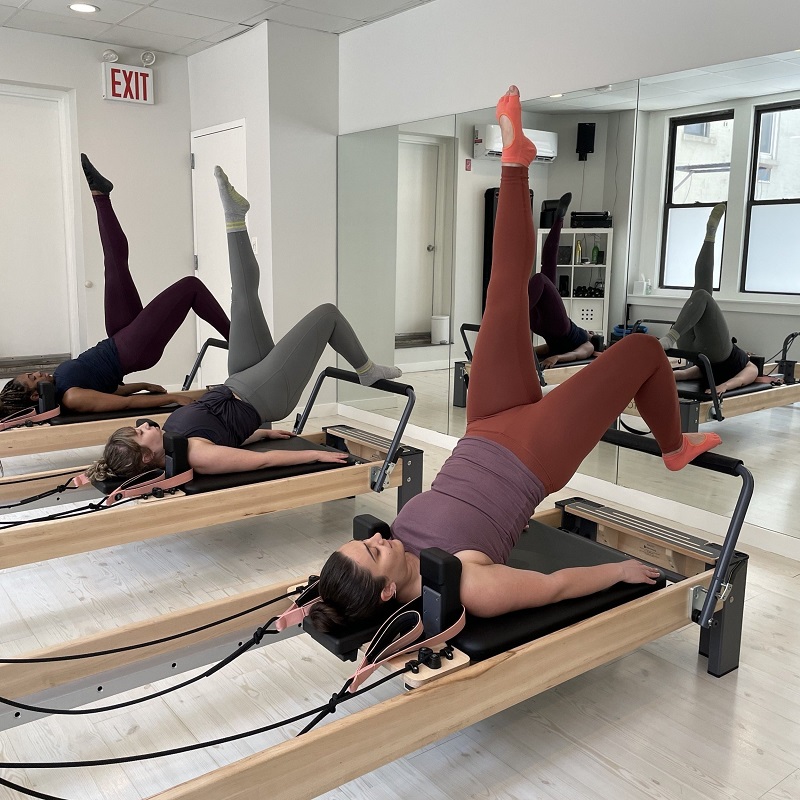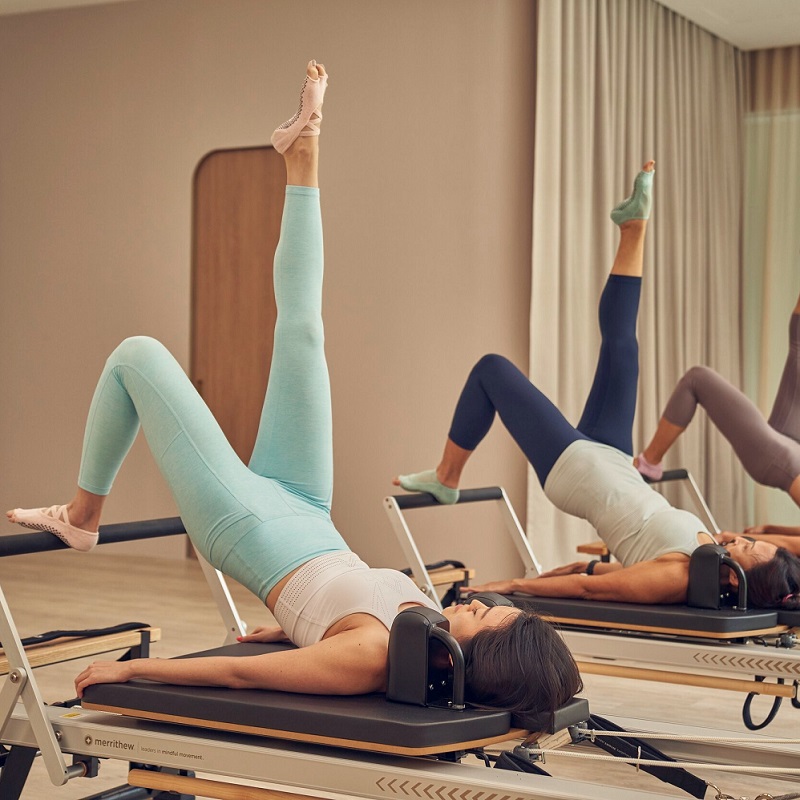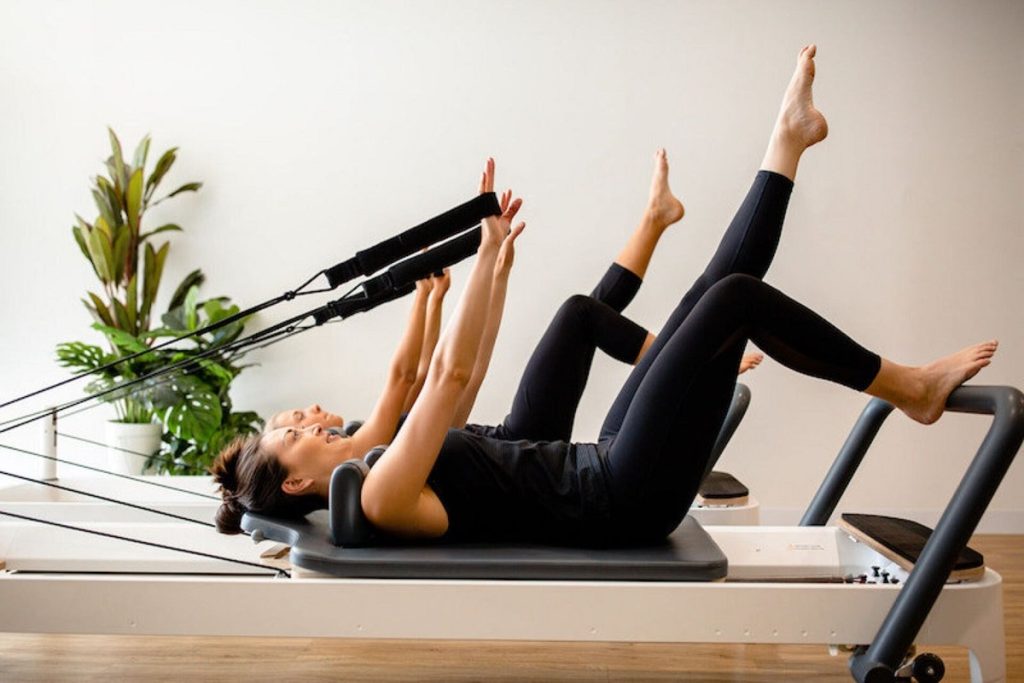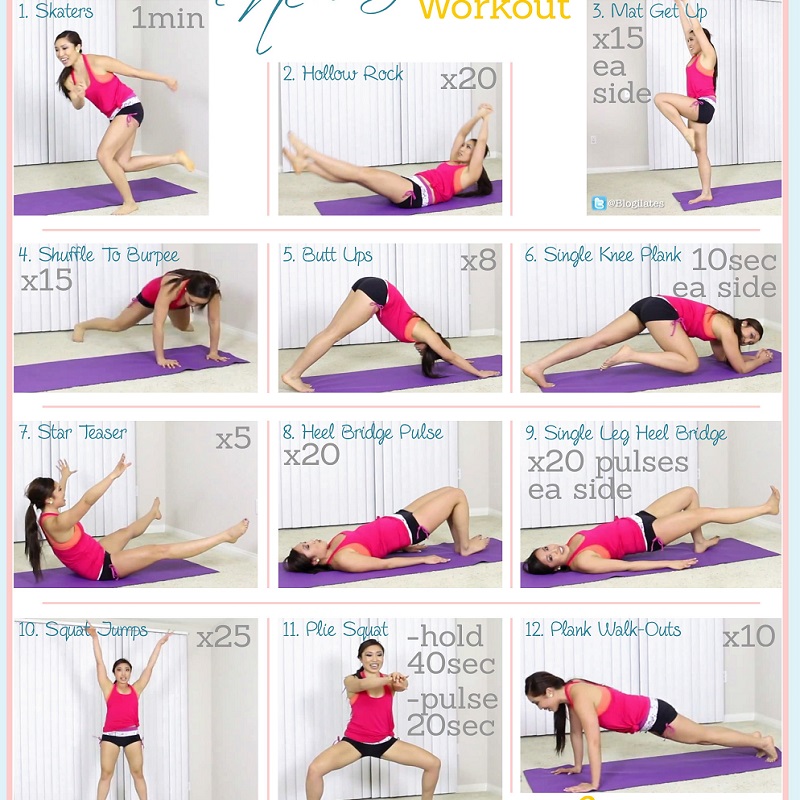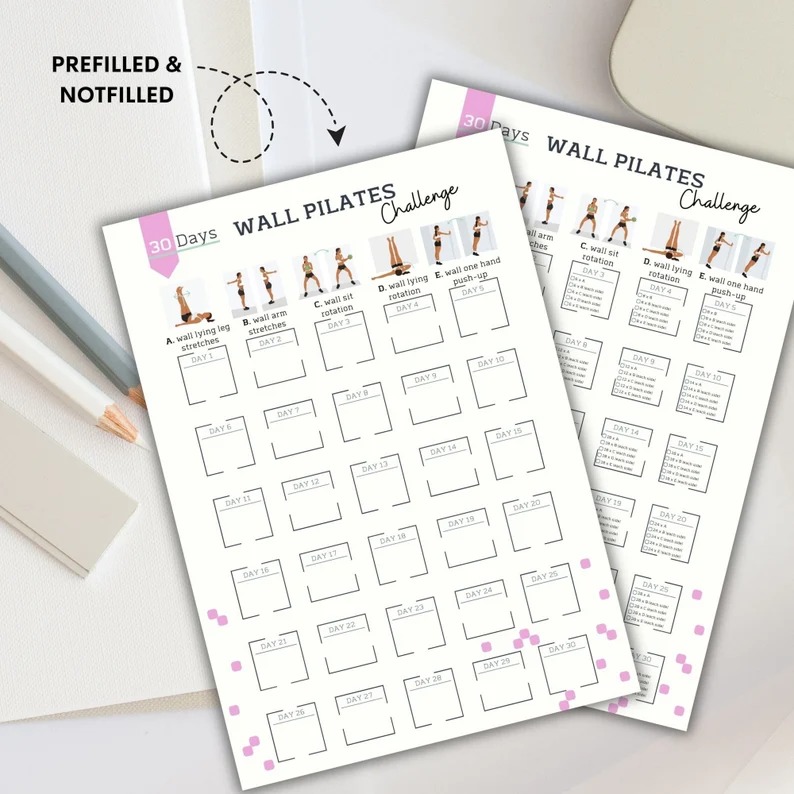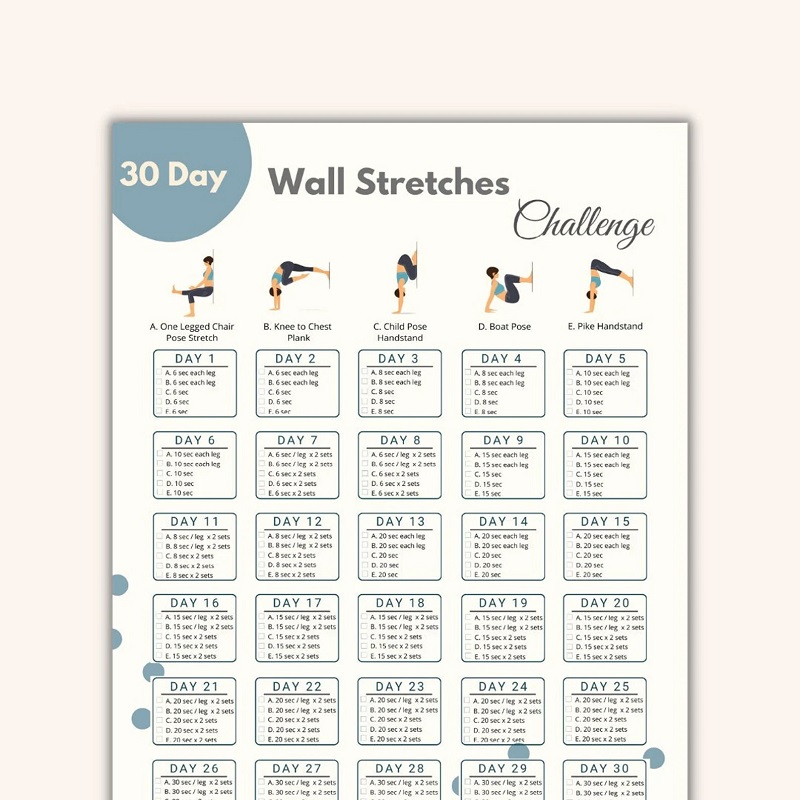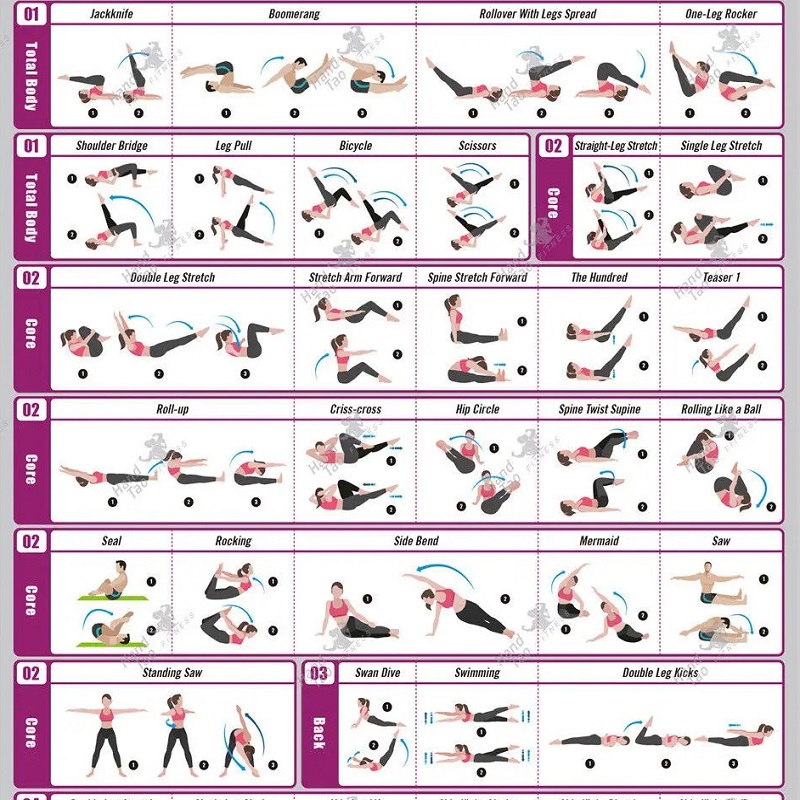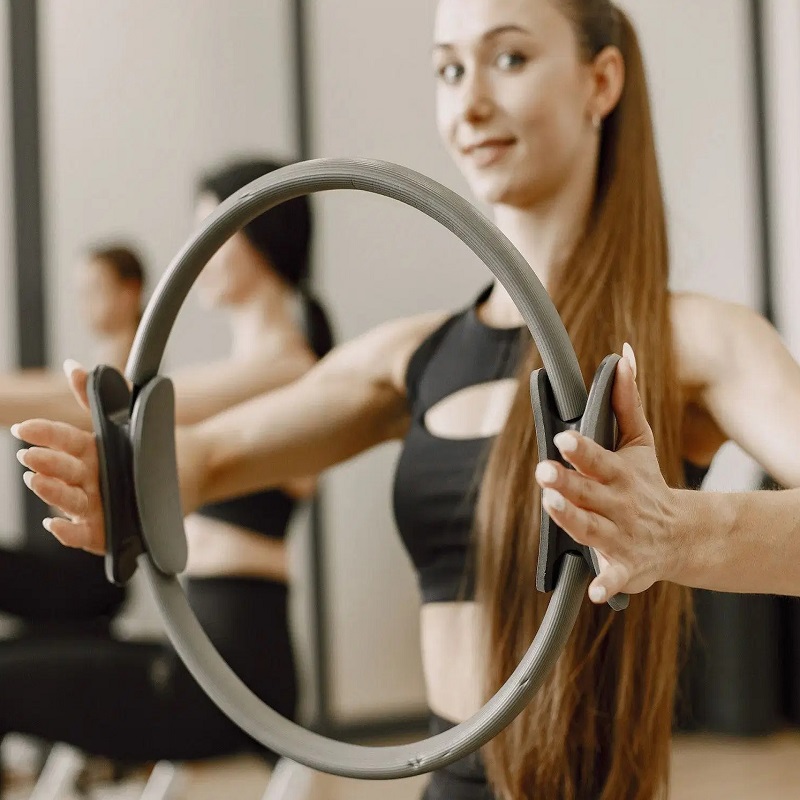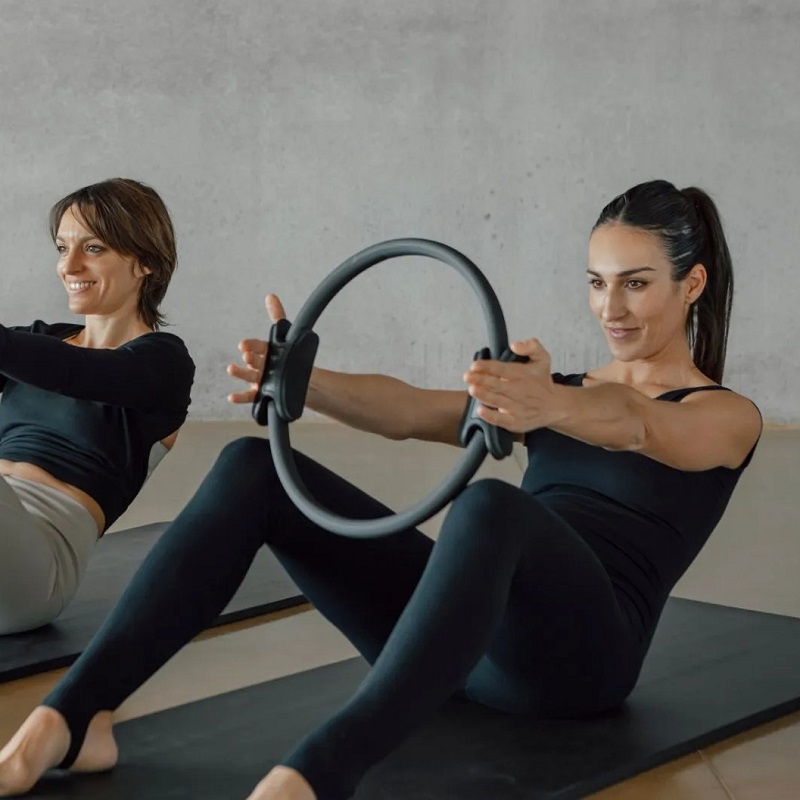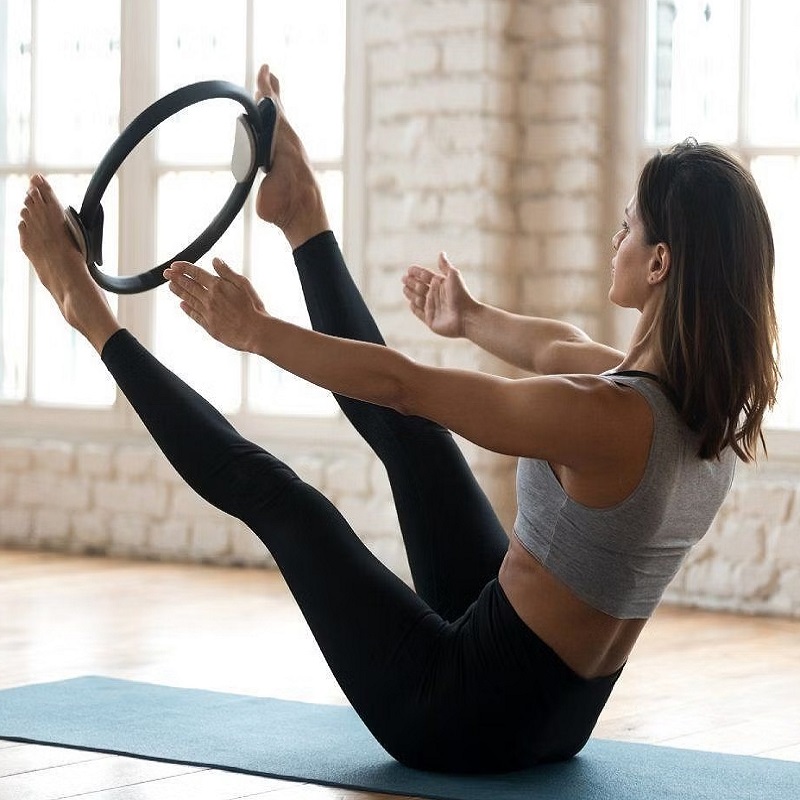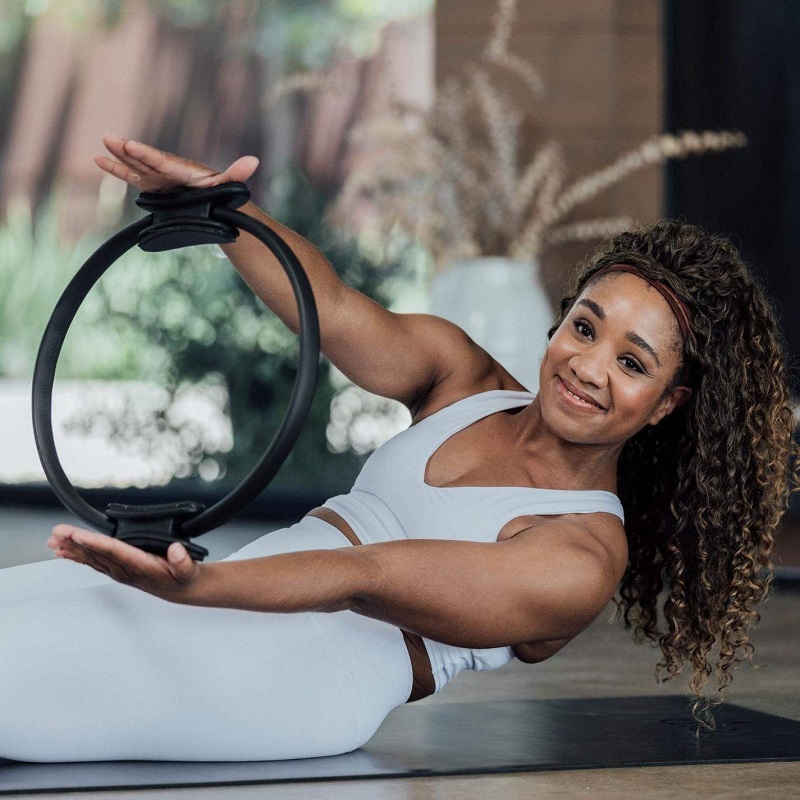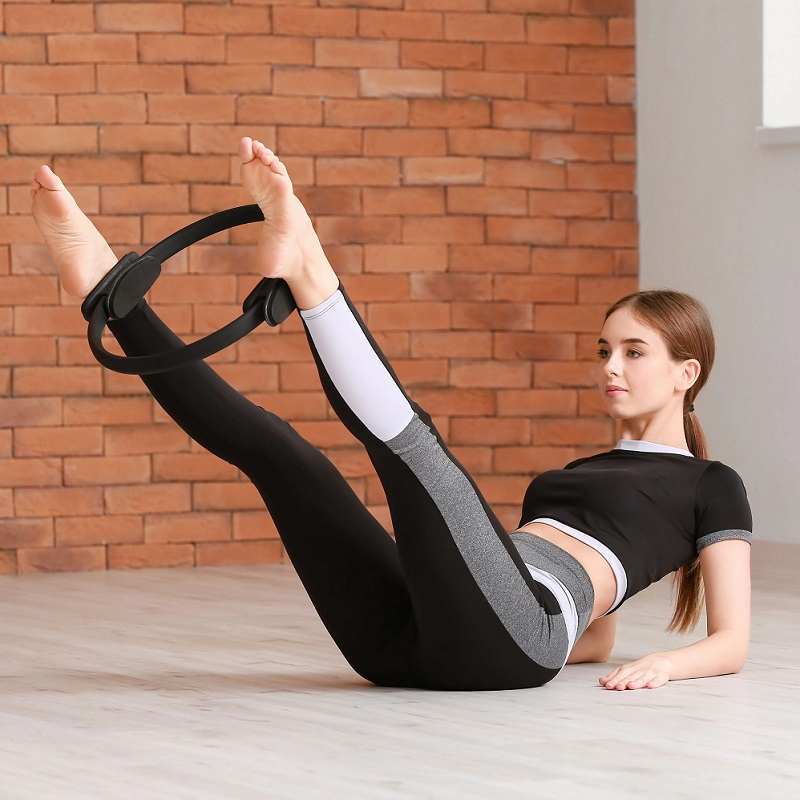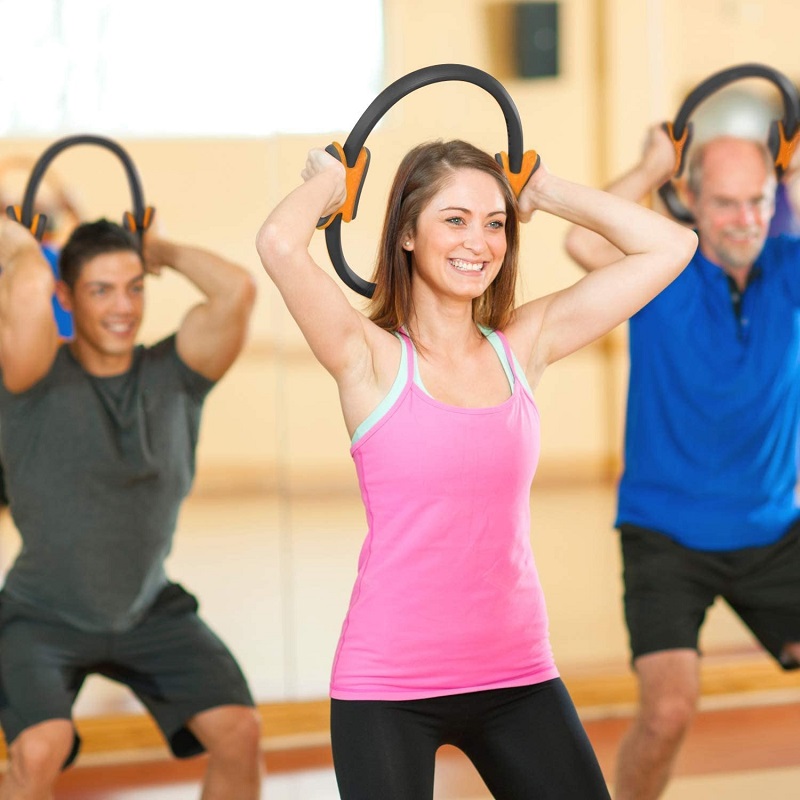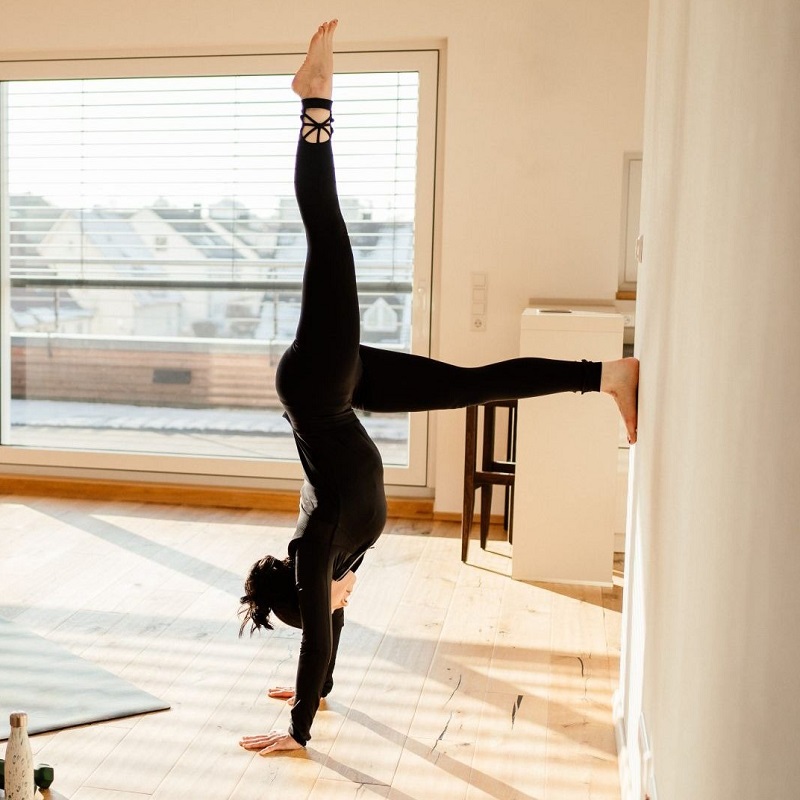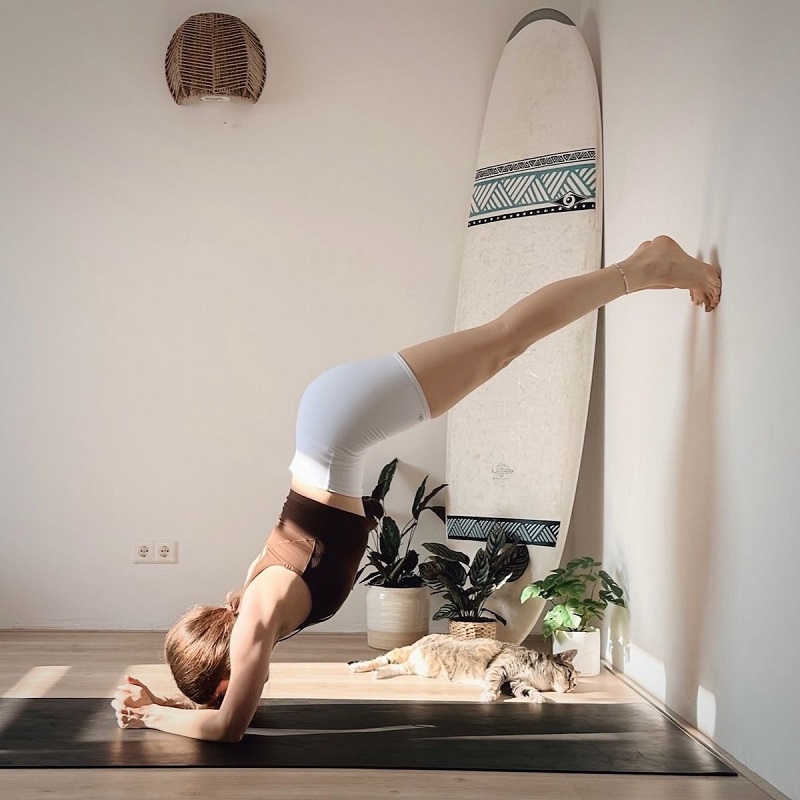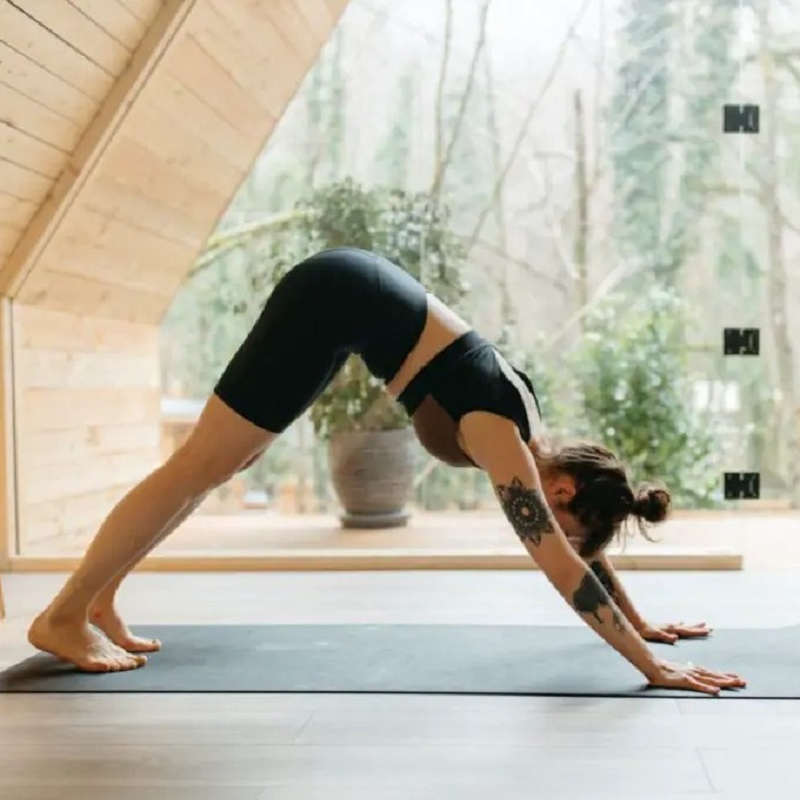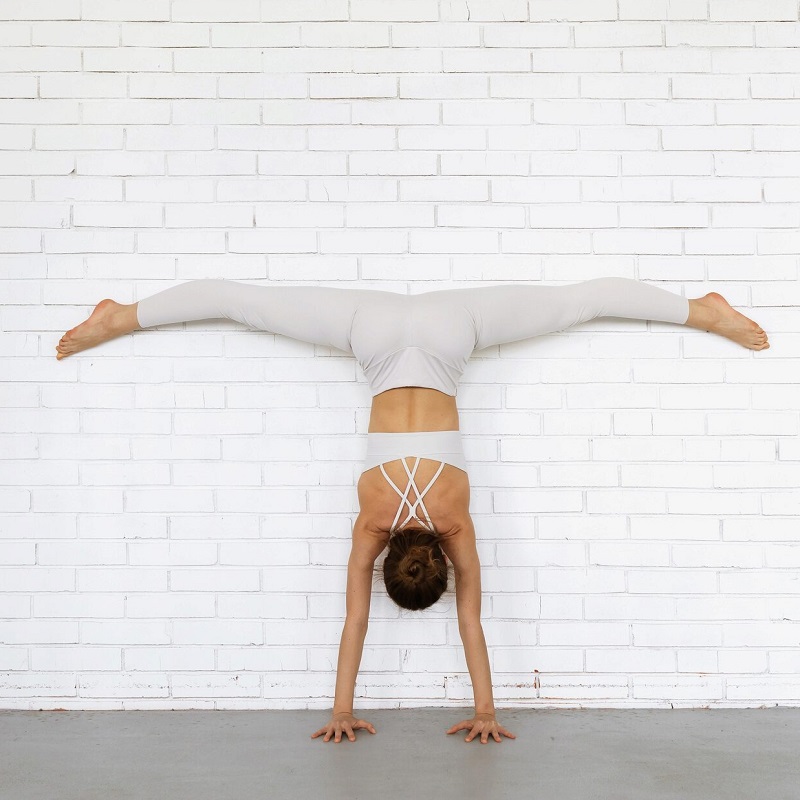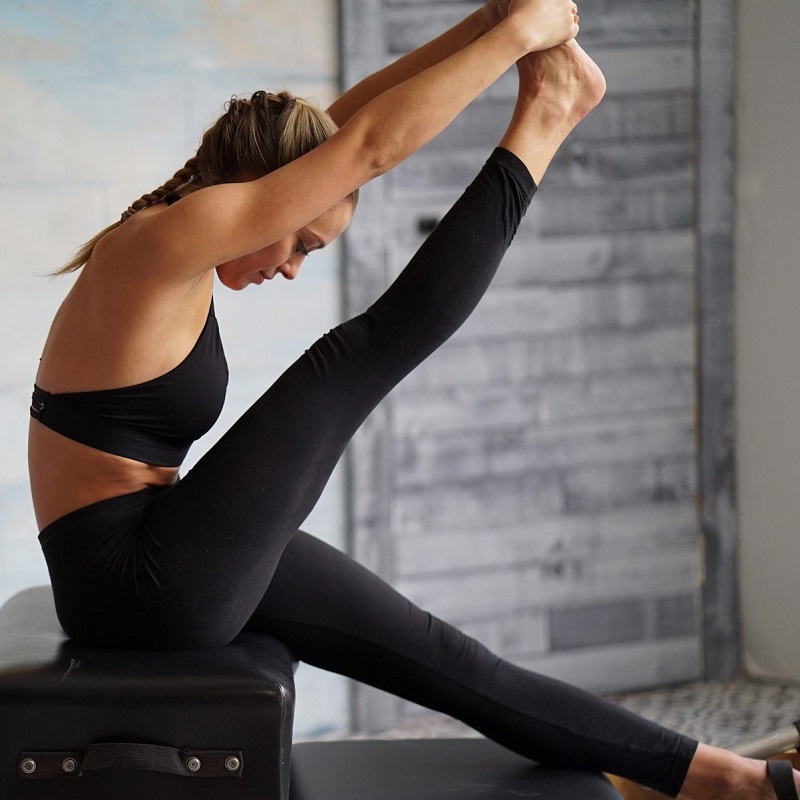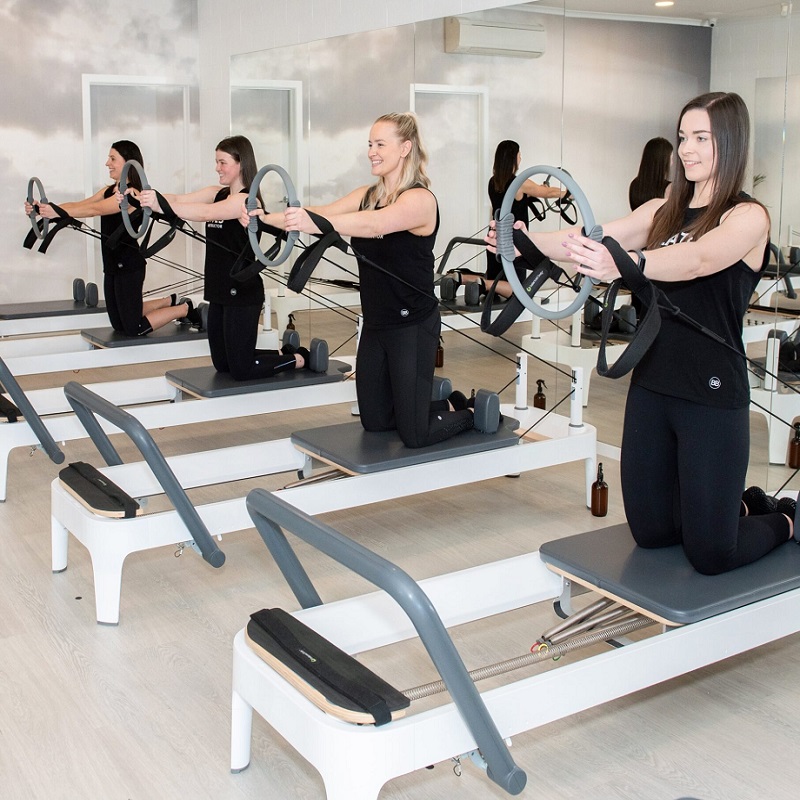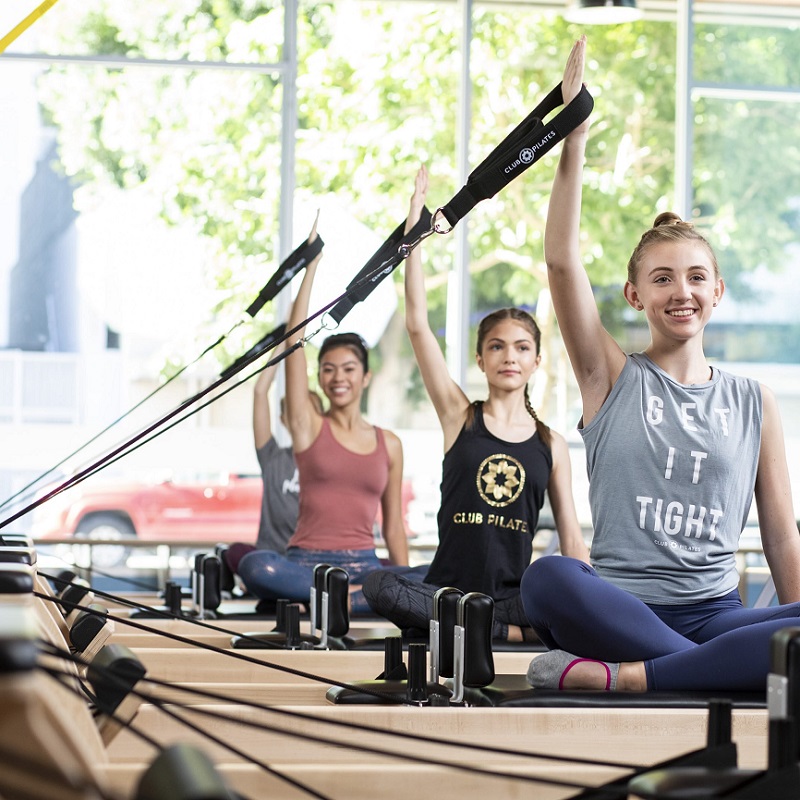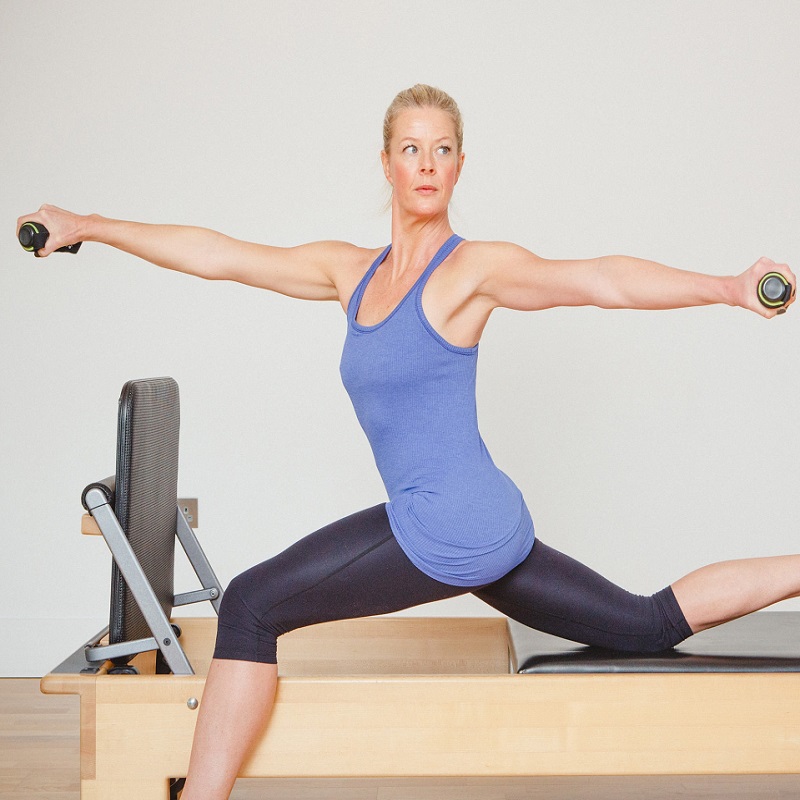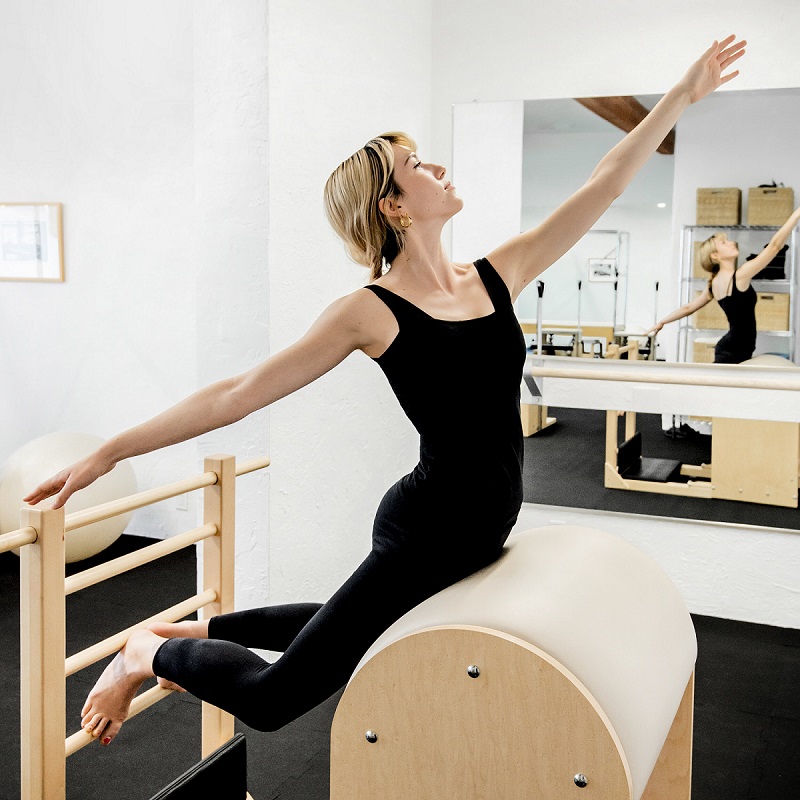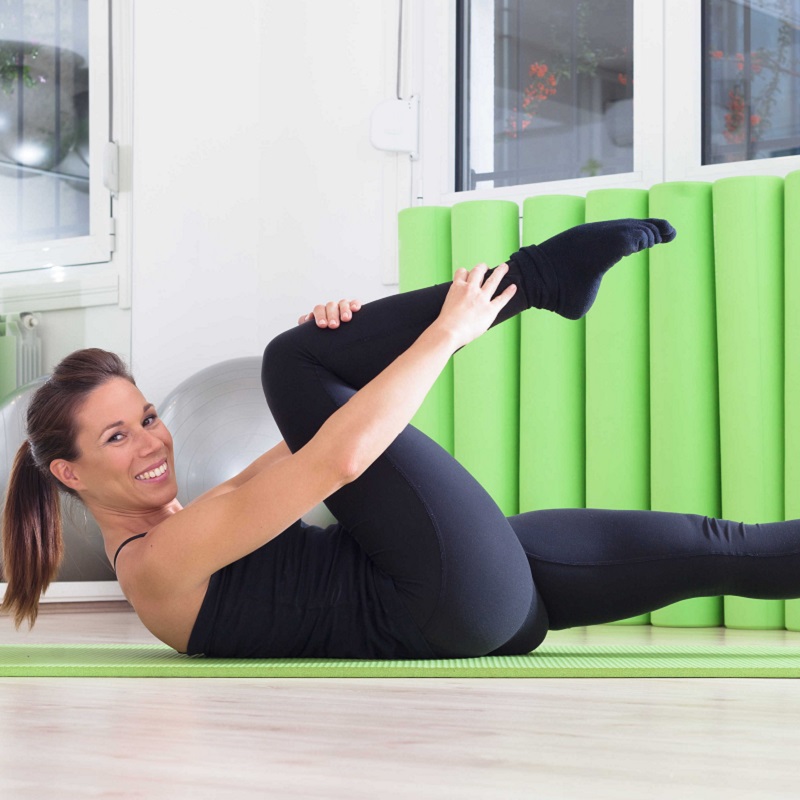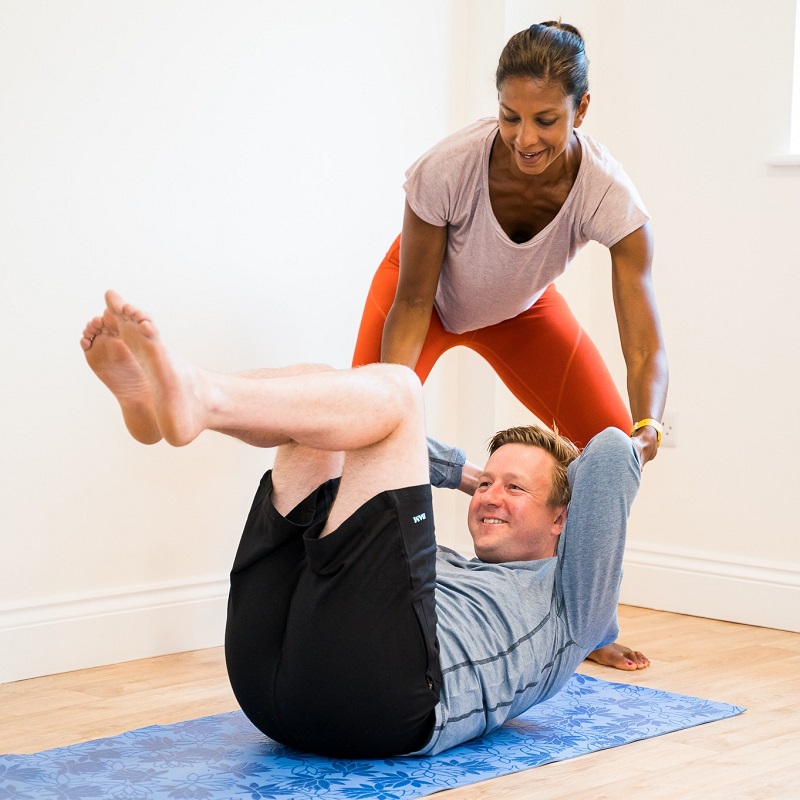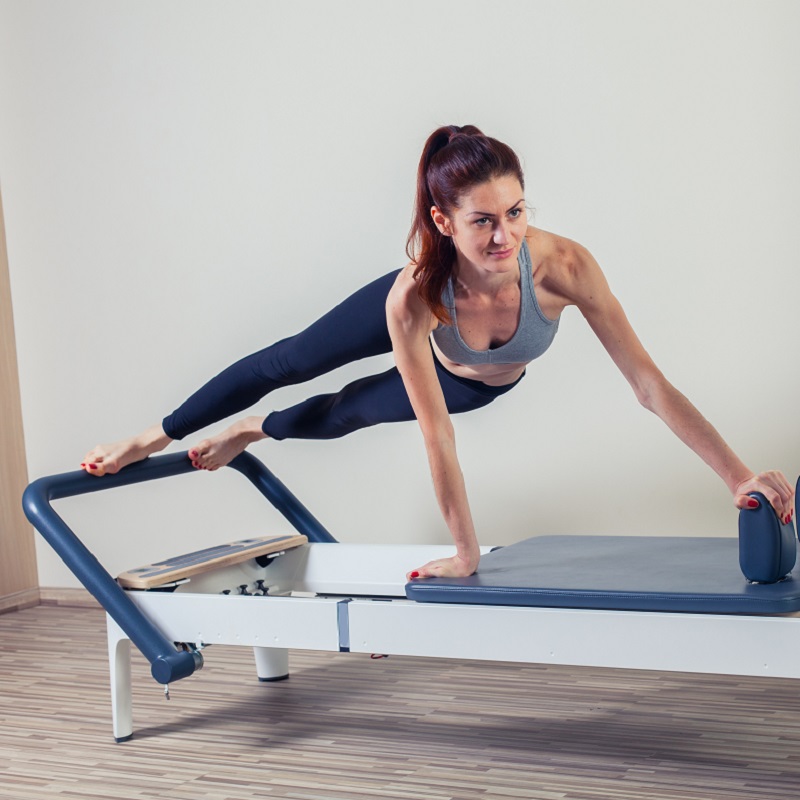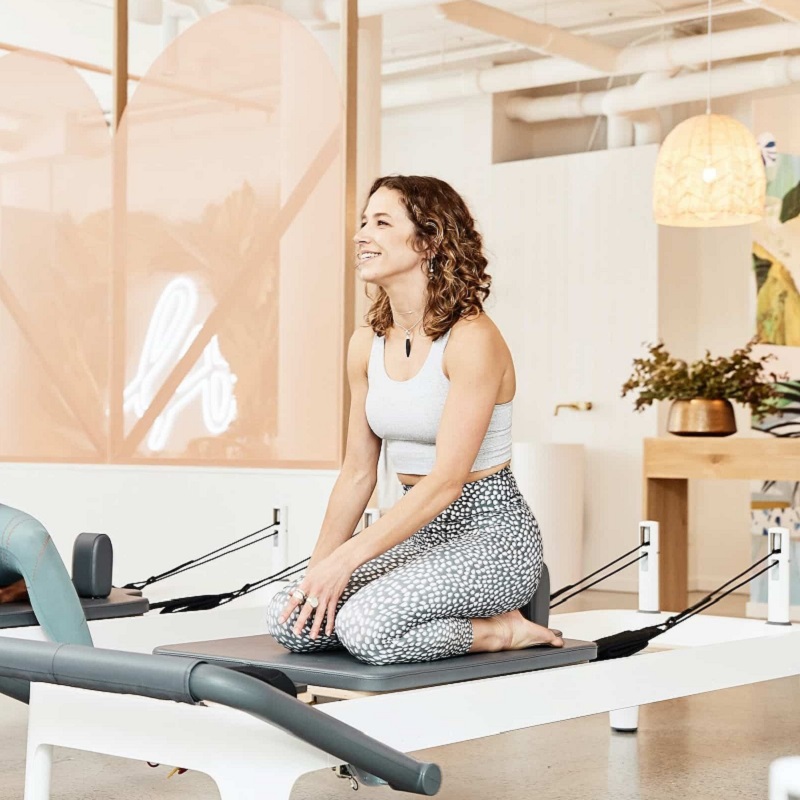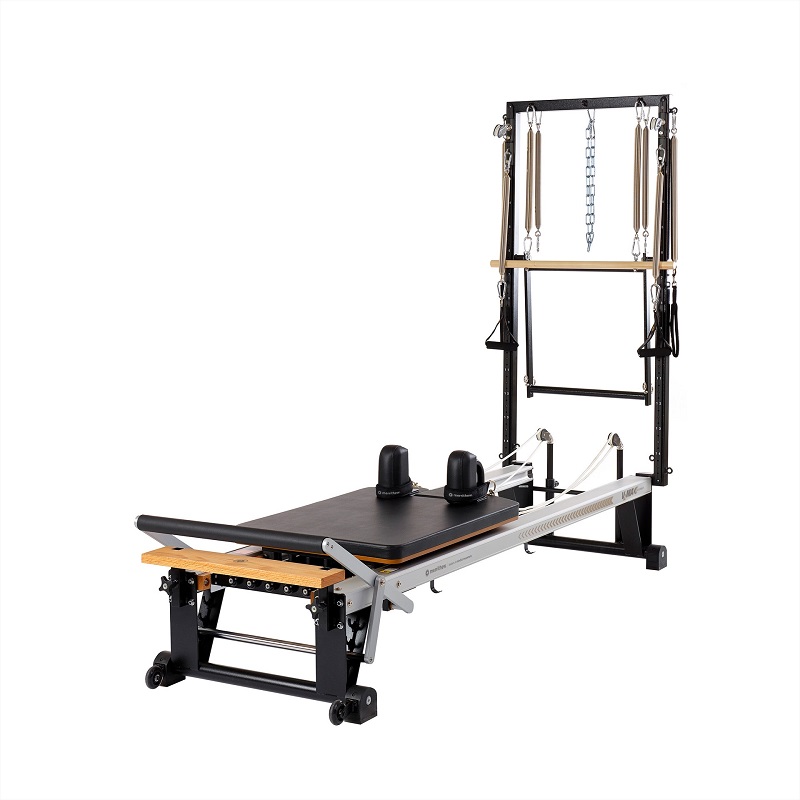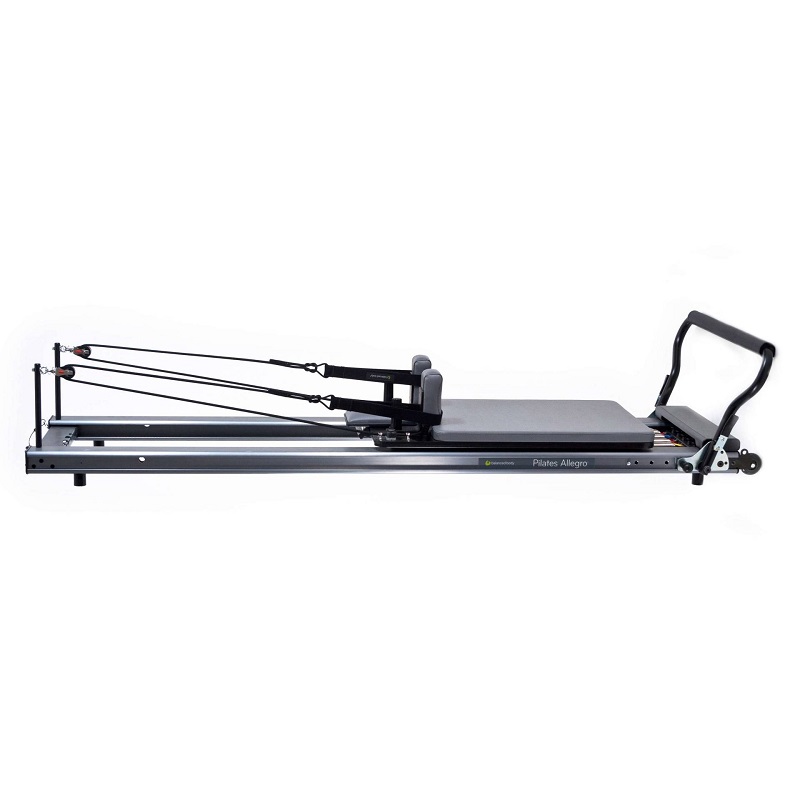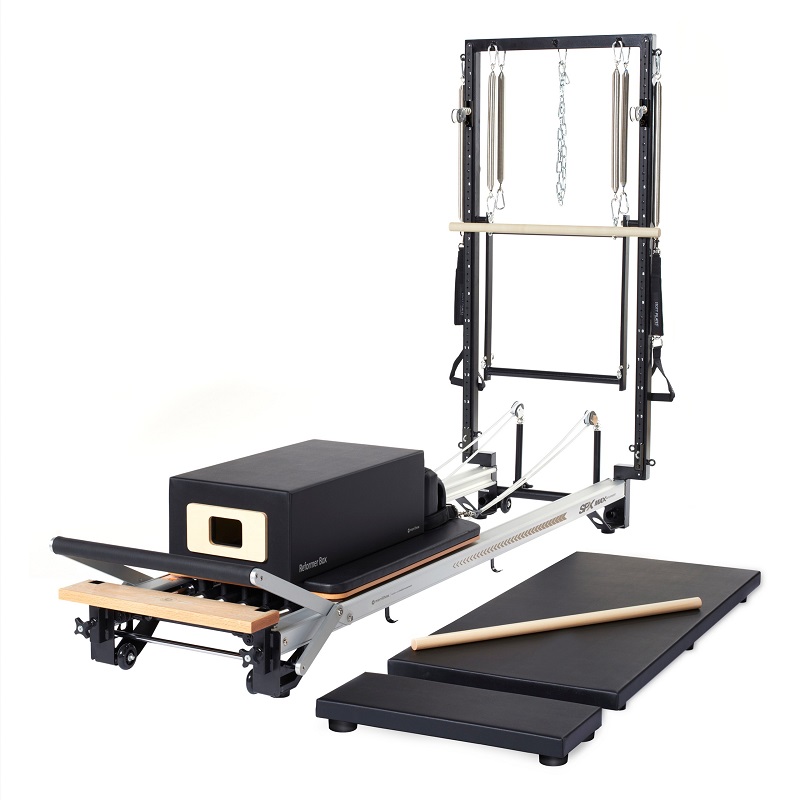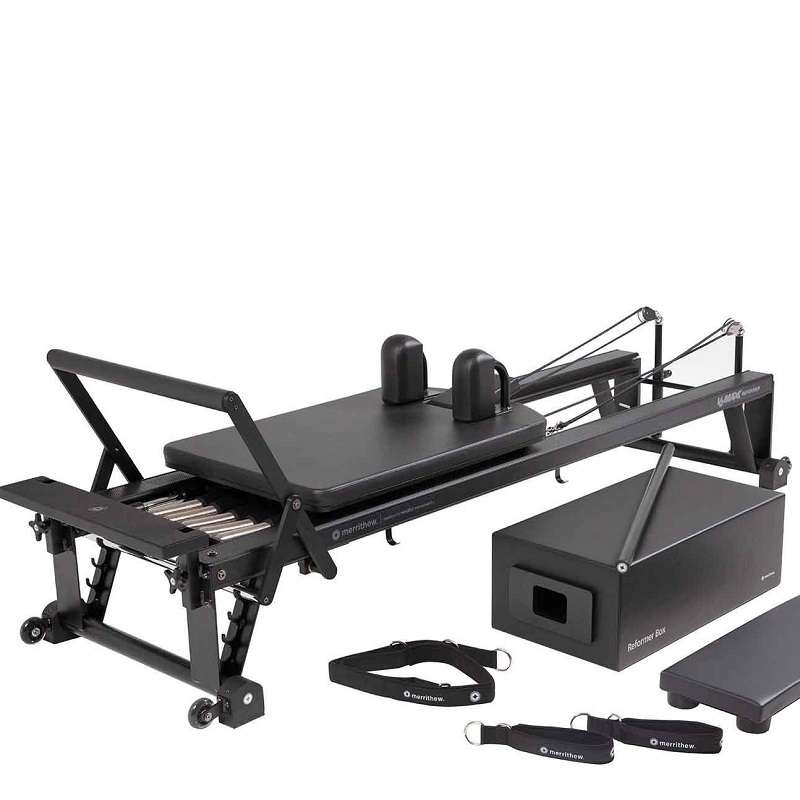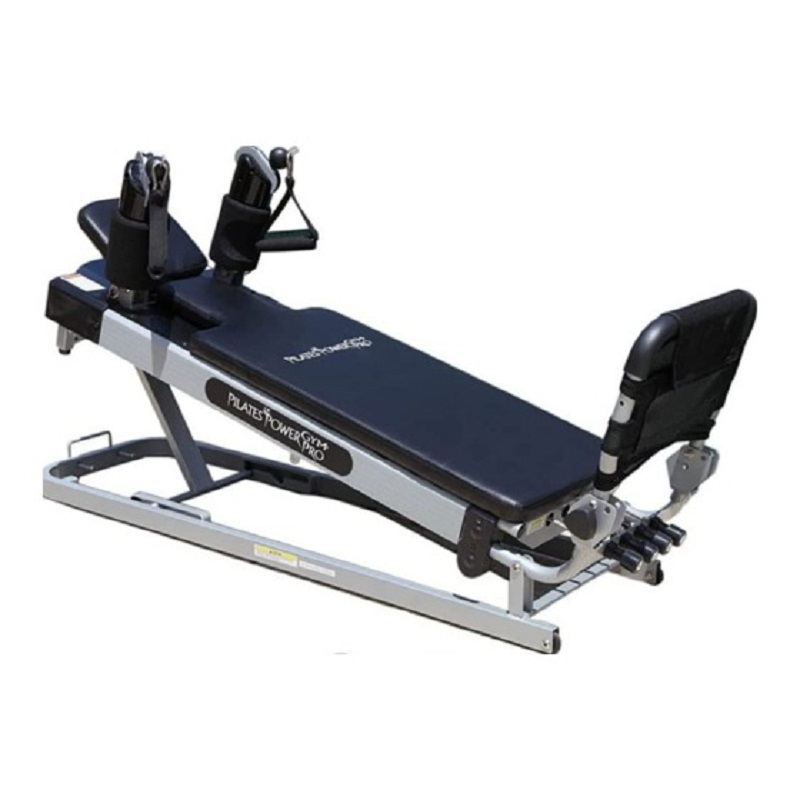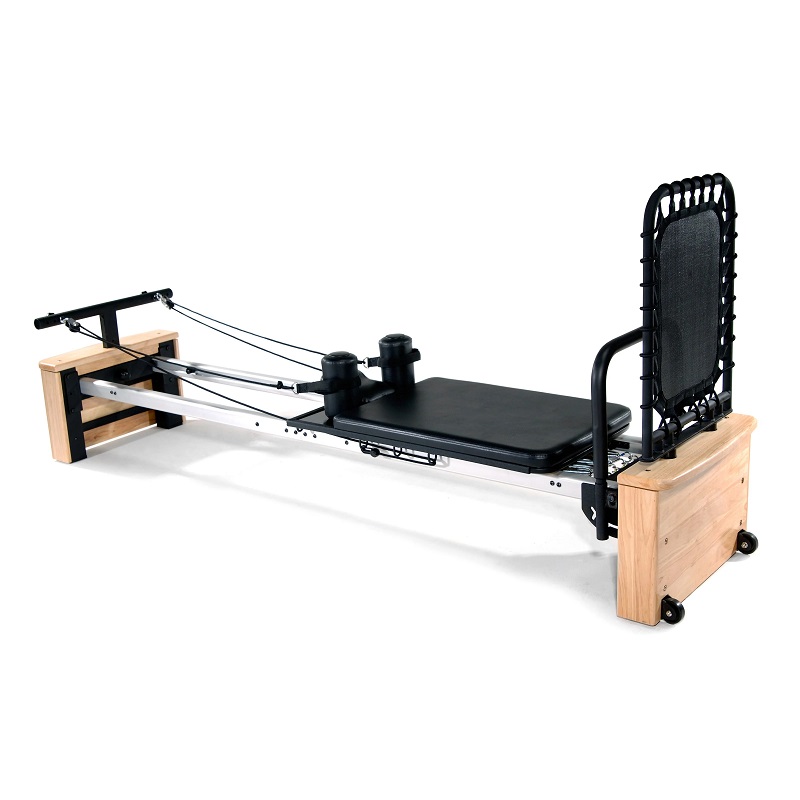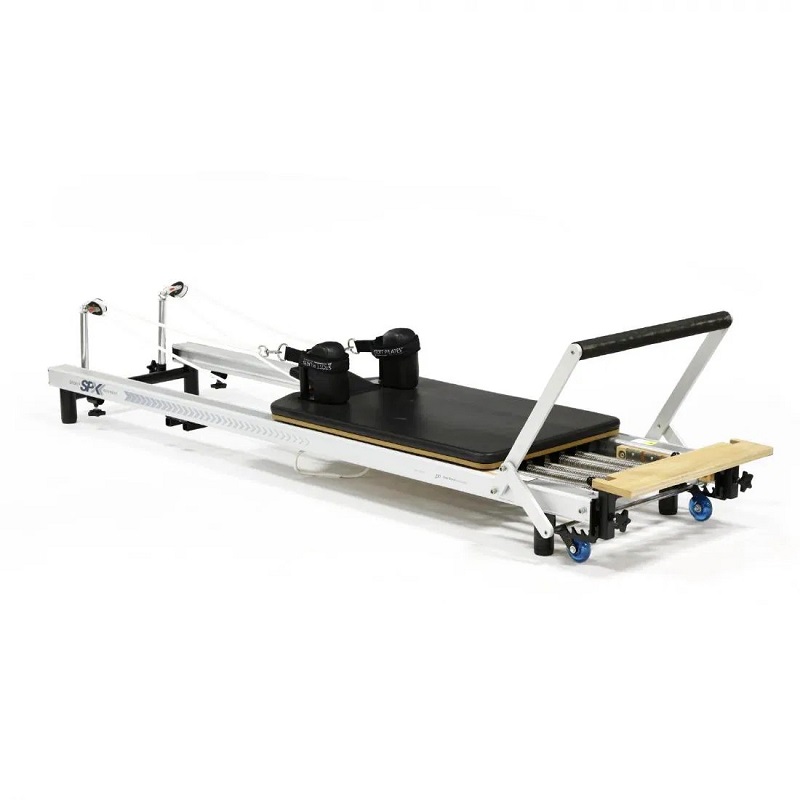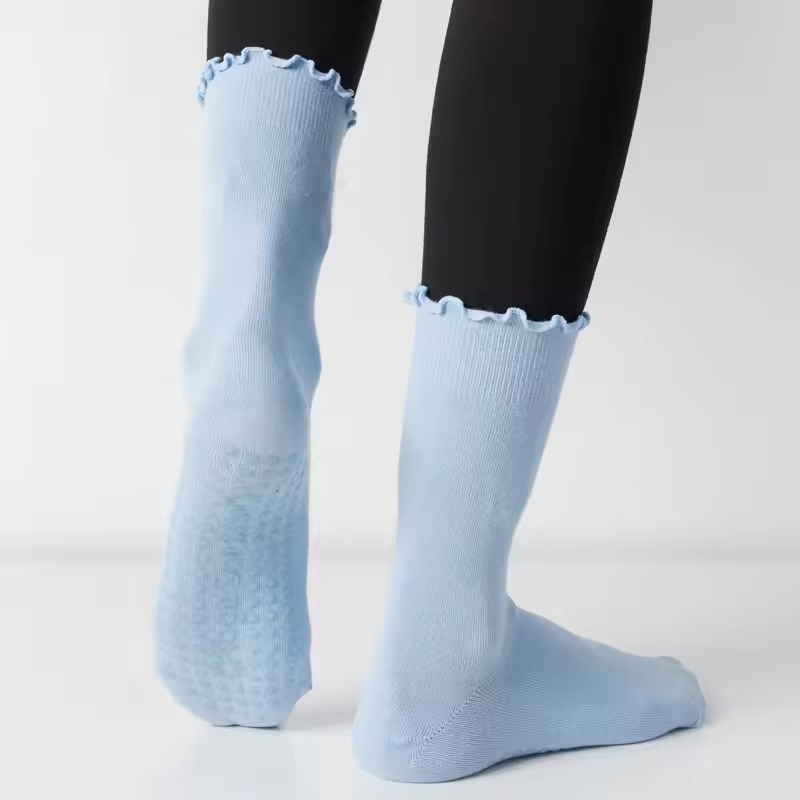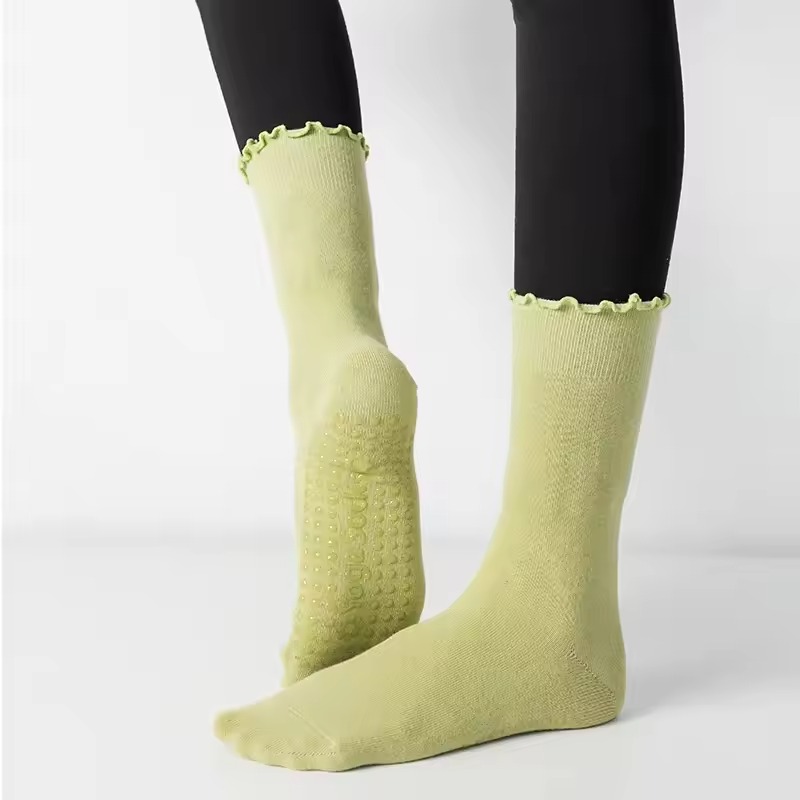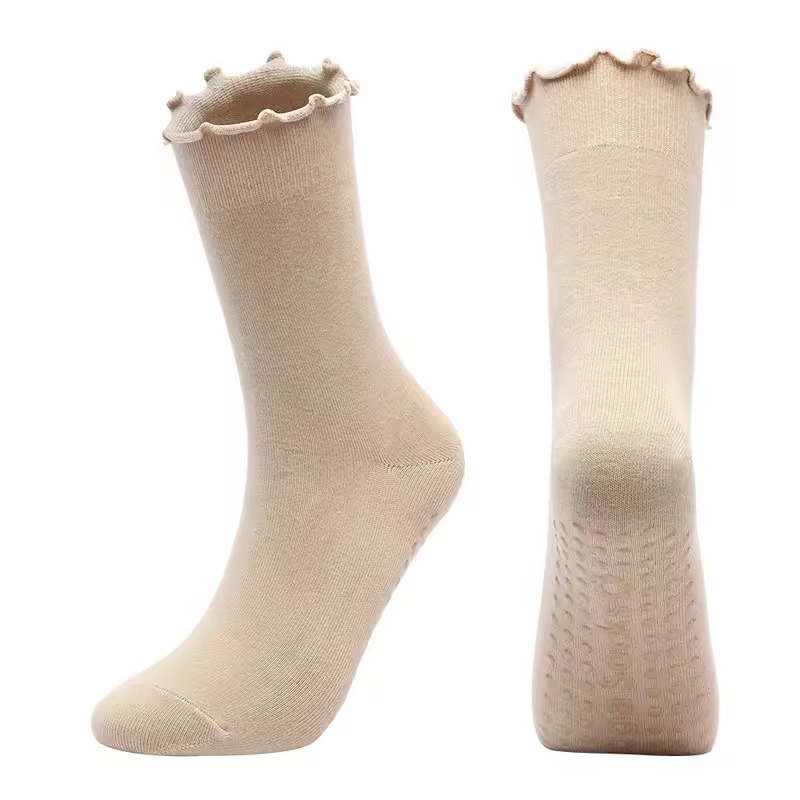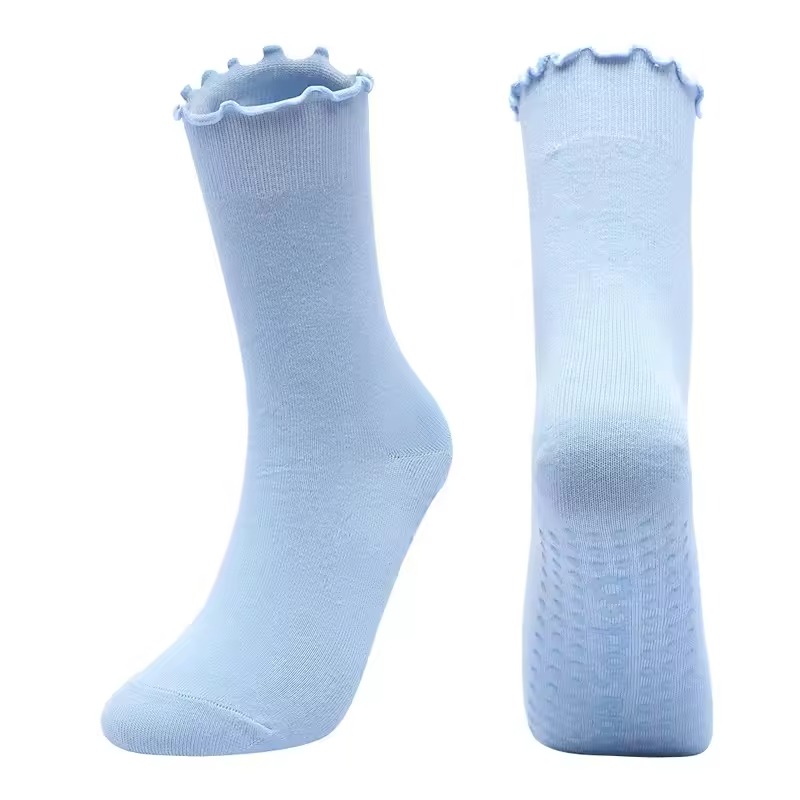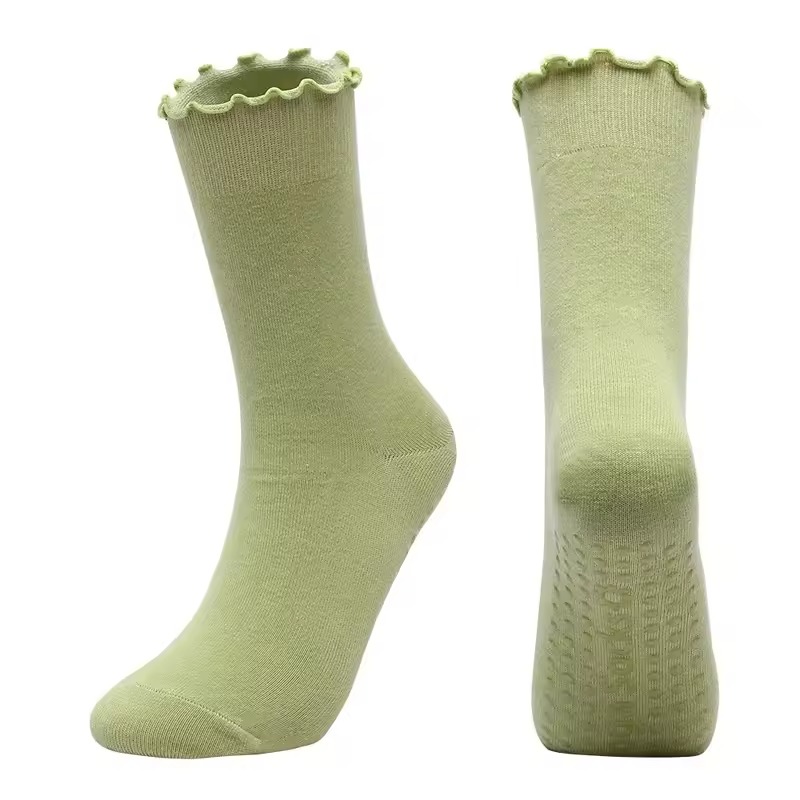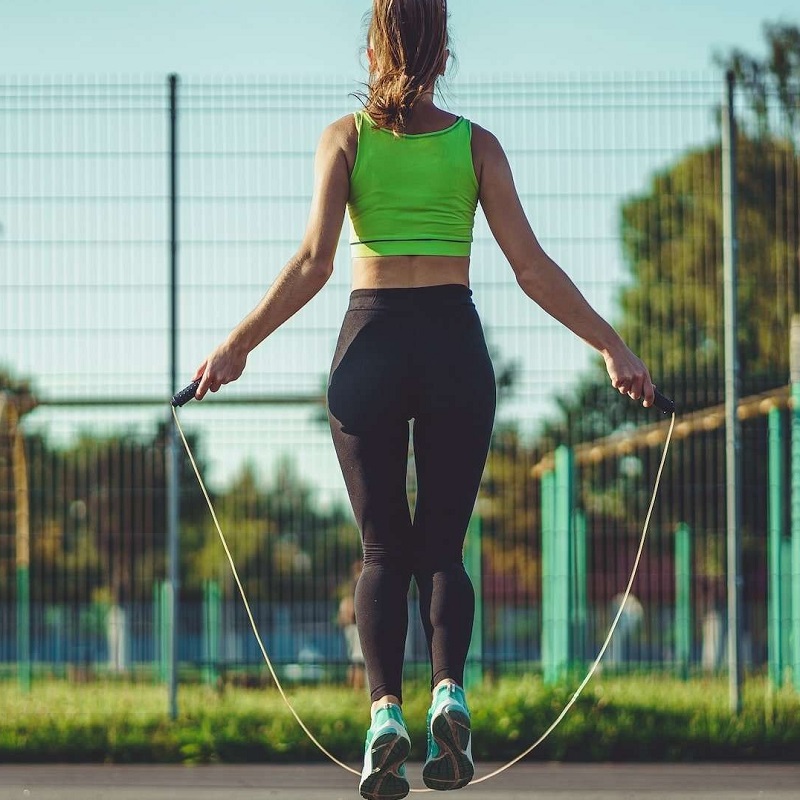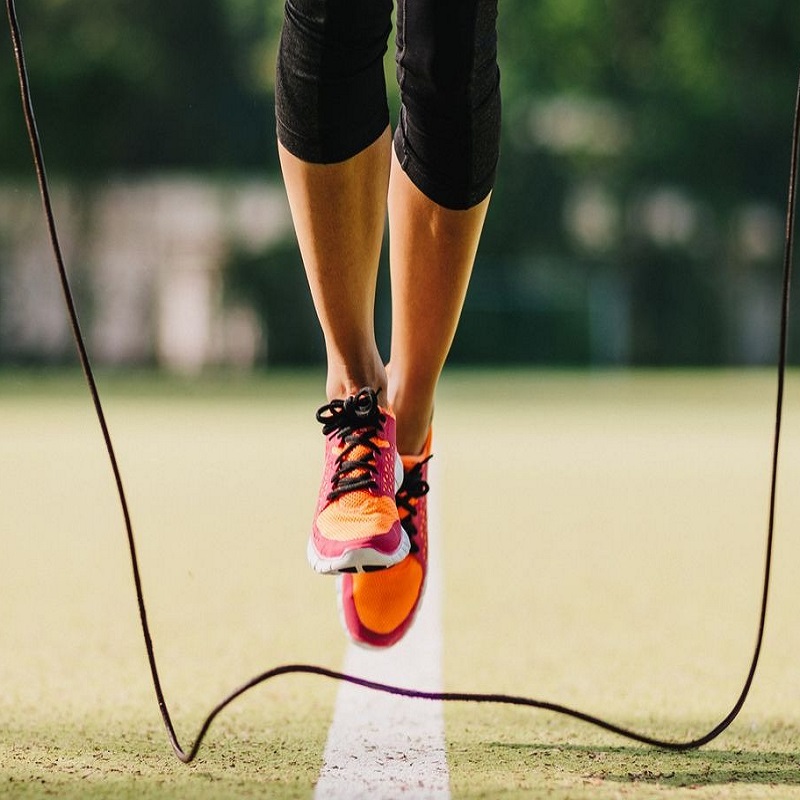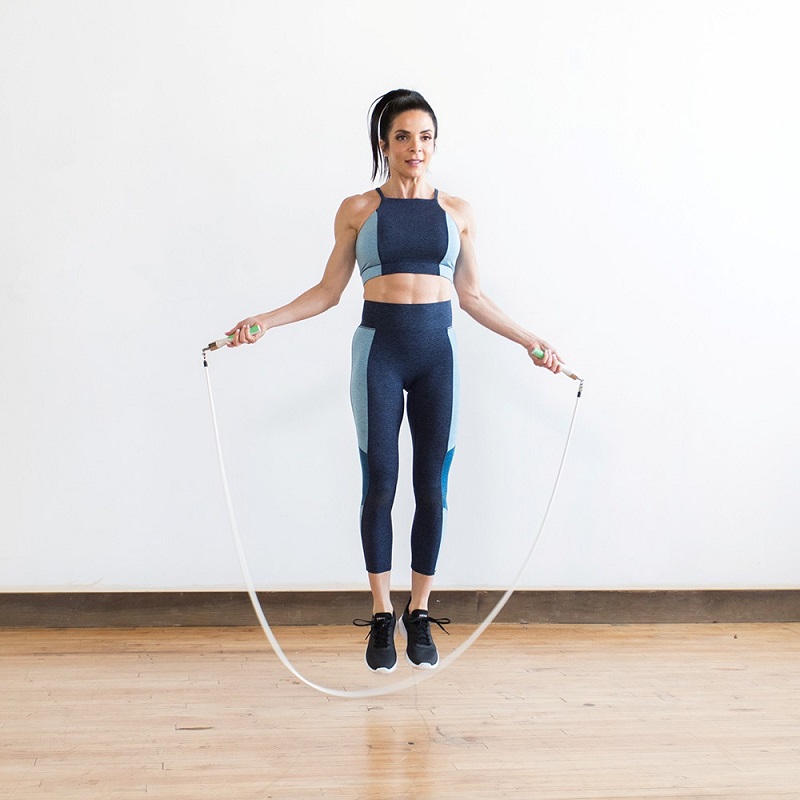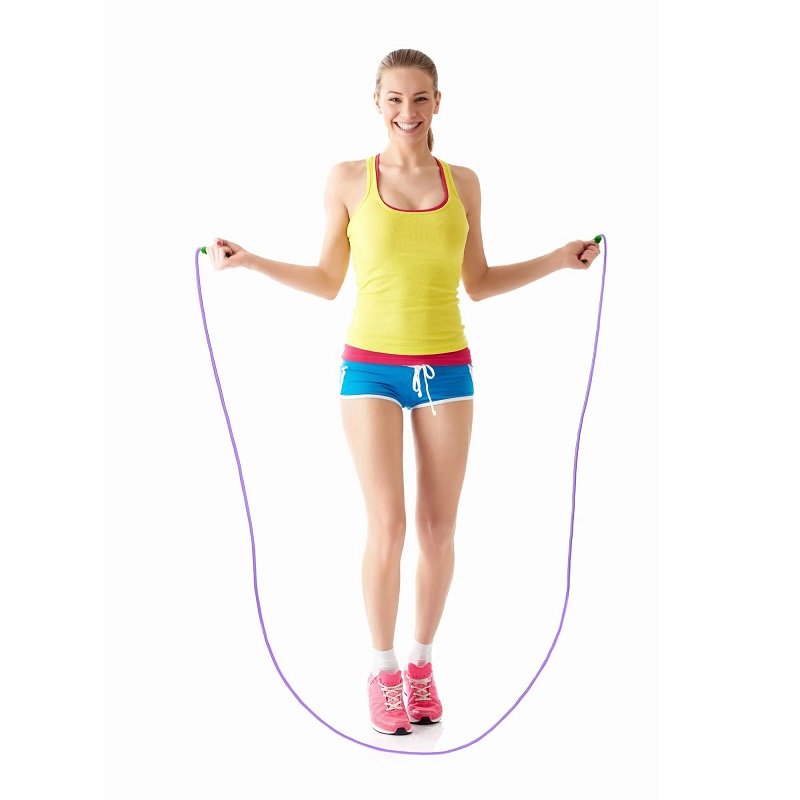Introduction: How to Become a Pilates Instructor
Are you interested in how to become a Pilates instructor? With the rise in popularity of Pilates as a fitness discipline, many enthusiasts seek to turn their passion into a profession. The Pilates method has gained attention for its focus on core strength, flexibility, and mind-body connection. It attracts clients from diverse backgrounds, from athletes to those in rehabilitation settings. However, the path to becoming a certified Pilates instructor can vary significantly depending on the certification program you choose.
There are several paths to take, including comprehensive training programs, specialized certifications, and additional workshops. This article aims to guide aspiring instructors through the different certification paths available and help you make an informed decision that aligns with your goals.
As you read on, you will learn about the major types of Pilates instructor certifications, what each program entails, and the benefits of becoming a certified instructor. By the end of this article, you will have a clearer understanding of the journey ahead and be better equipped to take the next steps in your Pilates career.

Understanding Different Certification Types
When exploring how to become a Pilates instructor, understanding the types of certifications available is crucial. Here are the primary categories you will encounter:
- Comprehensive Certification: This is the most extensive training option and typically includes both mat and apparatus Pilates instruction. Programs often require a significant time commitment, ranging from 350 to 600 hours of training. Comprehensive certifications provide thorough knowledge of anatomy, Pilates principles, and teaching methodologies. Graduates emerge fully prepared to teach various class formats. This breadth of knowledge is essential, as it allows instructors to adapt their teaching to different environments and client needs.
- Mat Certification: This certification focuses solely on mat-based Pilates exercises. Programs generally require fewer training hours, often ranging from 100 to 200 hours. This option appeals to those looking to teach introductory or basic-level classes. Mat classes form the foundation of Pilates and are accessible for individuals of all fitness levels. While not as comprehensive as full certifications, mat instructors can effectively introduce Pilates principles to newcomers and provide the essential skills needed to guide group or private sessions.
- Specialized Certifications: Some programs focus on niche areas within Pilates, such as Prenatal Pilates, Rehabilitation Pilates, or Pilates for Athletes. Specialized training caters to the specific needs of different populations, allowing instructors to work with clients coping with injuries, preparing for childbirth, or seeking performance enhancement. This area of expertise can enhance an instructor’s marketability and employment opportunities. Specialized training often combines specific techniques with traditional Pilates practice, providing valuable skills to participants. Understanding the unique needs of diverse clients is vital in delivering effective instruction.
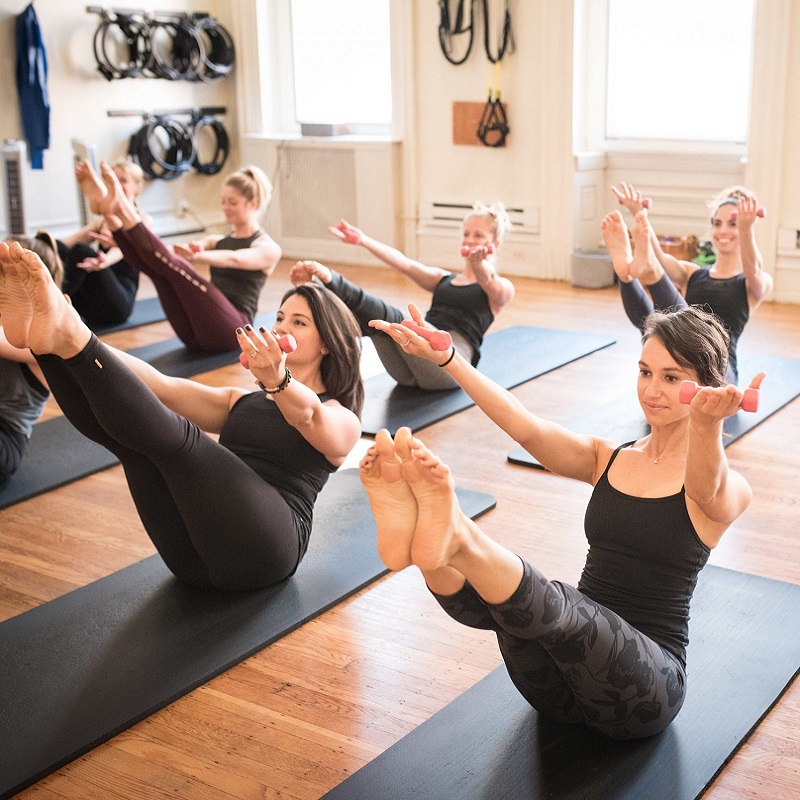
Certification Requirements
Before embarking on your journey, it is important to understand the requirements associated with each certification type. While how to become a Pilates instructor can vary among organizations, several common components are necessary across the board:
- Prerequisites: Most programs require participants to have a basic understanding of anatomy and movement. Many schools recommend completing a foundational Pilates course before applying. Additionally, personal experience with Pilates practice is typically encouraged, whether through classes or home workouts. Being familiar with common Pilates exercises allows candidates to grasp choreography and teaching methods more effectively.
- Training Hours: As noted earlier, comprehensive programs encompass a greater number of training hours compared to mat certification. Depending on the program, this time requirement can involve shadowing experienced instructors, completing self-study modules, and practicing instructional techniques with peers. Imposing a structured training schedule helps ensure that candidates become comfortable with both teaching and performing exercises.
- Practical Assessment: Most reputable certification programs require instructors to demonstrate their teaching abilities through practical assessments. This evaluation may involve teaching a class or demonstrating specific exercises to an experienced evaluator. Candidates must show a thorough understanding of Pilates techniques, safety considerations, and effective communication skills. This hands-on experience reinforces classroom learning and builds confidence in instructors.
- Written Exam: In addition to the practical assessment, many programs also feature a written exam component. This examination tests knowledge on Pilates theory, principles, and anatomy. Aspiring instructors should be well-versed in key concepts, such as breath control, alignment, and modifications for various fitness levels. Success in both the practical and written components is crucial to obtaining certification and will likely be evaluated as part of your overall competency in the discipline.
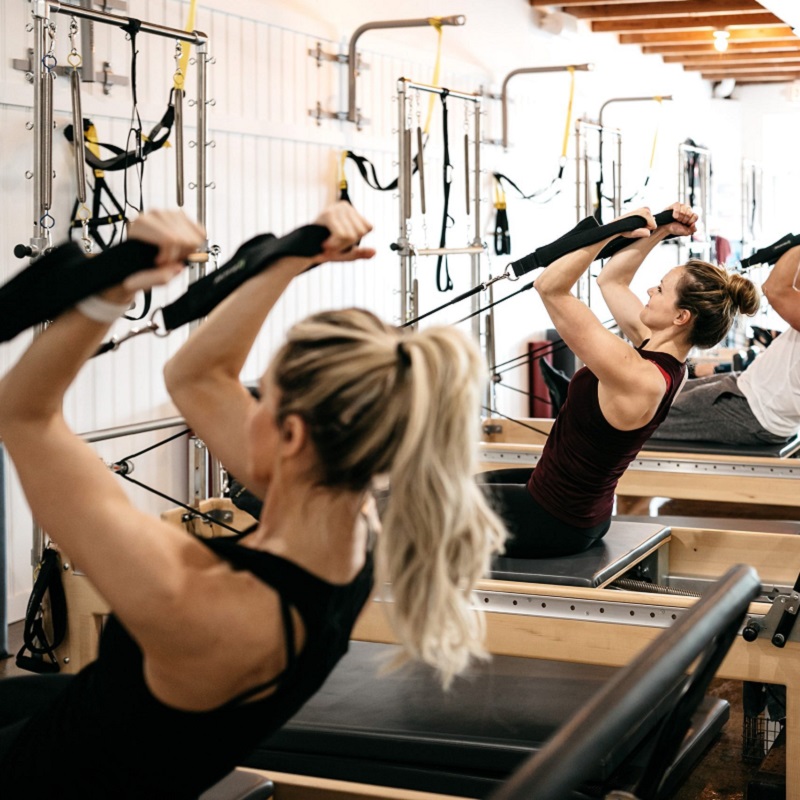
The Benefits of Becoming a Certified Pilates Instructor
Gaining certification not only opens doors to teaching Pilates classes but also provides numerous benefits that can enhance your career:
- Credibility: Becoming a certified Pilates instructor adds a level of professionalism and credibility to your practice. It assures potential clients and employers that you possess the necessary training and knowledge to deliver quality instruction. In a competitive fitness market, certification can set you apart from others. With this credibility, you may attract a diverse clientele seeking skilled and knowledgeable instructors to guide them on their fitness journey.
- Improved Skills and Knowledge: Through rigorous training, instructors gain deeper insights into the principles of Pilates, anatomy, and effective teaching strategies. This extensive education improves your skills as an instructor, allowing you to design safe and effective classes tailored to your clients’ needs. Increased knowledge enables instructors to address different fitness levels and provide modifications, making sessions accessible to a broader audience.
- Career Opportunities: Certified instructors have access to a wide range of job opportunities, including positions in studios, gyms, wellness centers, and rehabilitation clinics. Some instructors may also choose to run their own Pilates businesses or offer private lessons. Certification expands your employment options and provides the foundation for career advancement. Additionally, you may qualify for management or leadership roles in fitness enterprises, which can enhance your professional prospects significantly.
- Community and Networking: Once you obtain your certification, you usually gain access to a broader community of Pilates professionals. Networking opportunities arise through workshops, conferences, and online forums, allowing new instructors to learn from experienced peers. These connections can lead to mentorships, referrals, and professional growth. Organizations often offer resources, such as continuing education, that help you stay connected and informed within the Pilates community.
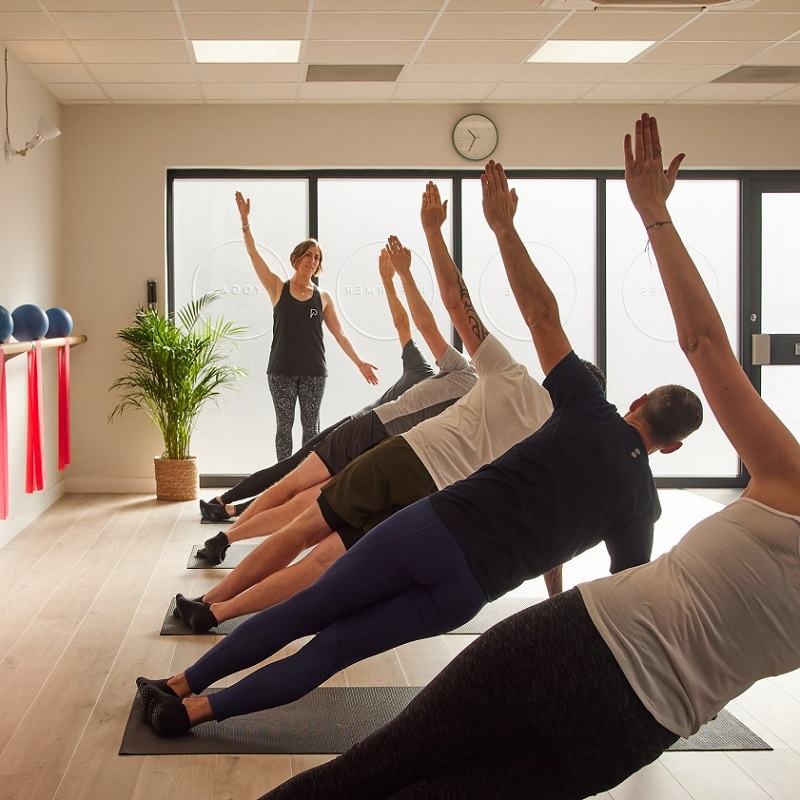
Factors to Consider When Choosing a Certification Program
As you research how to become a Pilates instructor, consider several factors to help narrow your options and choose the best certification path for you:
- Teaching Goals: Reflect on your teaching aspirations. Are you primarily interested in mat classes, or do you hope to offer comprehensive sessions? Do you want to specialize in a niche area such as rehab or prenatal Pilates? Understanding your goals will help you determine which certification meets your needs. This clarity can serve as a guidepost as you explore training programs.
- Program Reputation: Investigate the reputation of various certification programs. Consider factors such as faculty experience, program curriculum, and student reviews. Programs with strong reputations often provide better training and support throughout your educational journey. Reputable programs frequently maintain connections with fitness facilities, enhancing job placement opportunities for graduates.
- Format and Flexibility: Look for programs that offer flexibility in terms of training schedules and formats. Some programs may provide online training modules, allowing you to learn at your own pace. Others may require in-person attendance and hands-on practice. Choose an option that aligns with your lifestyle and learning style. Flexibility can enable you to balance training with work or other commitments effectively.
- Costs and Financial Aid: Training costs can vary significantly among different programs. Review tuition fees, payment options, and potential financial aid opportunities. Some organizations may offer scholarships or payment plans to ease the financial burden. Understanding the entire cost structure will help you make a well-informed decision that works for your financial situation.
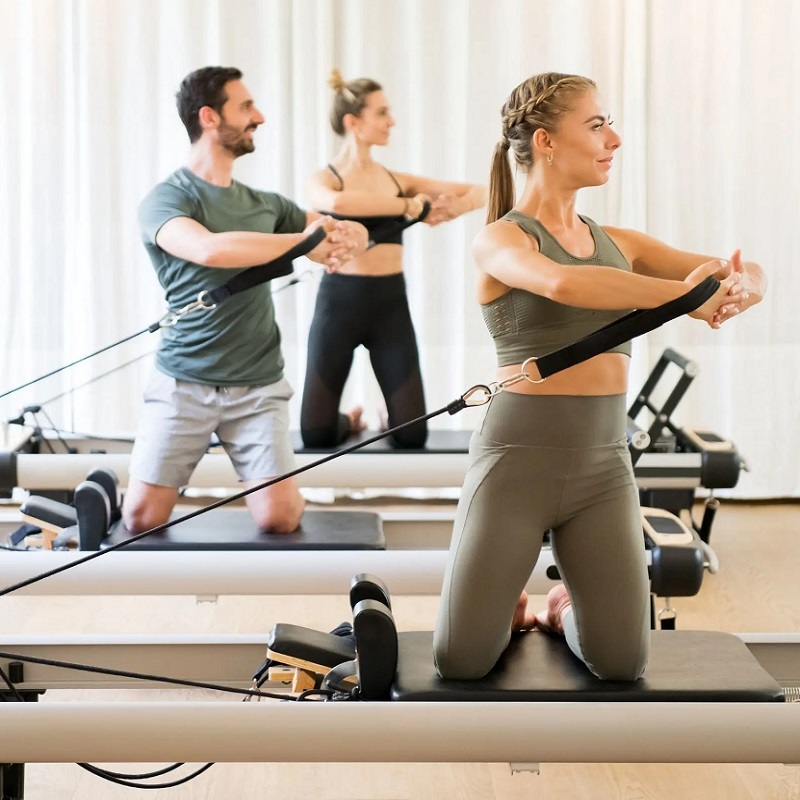
Continuing Education and Professional Development
Once you achieve certification, continuous learning is essential in the fitness industry. How to become a Pilates instructor is just the beginning; ongoing education helps you stay updated on trends, improve your teaching skills, and enhance your value as an instructor.
- Workshops and Masterclasses: Participate in specialized workshops or masterclasses to delve deeper into specific techniques or trends in Pilates. Specialized courses can help you refine your skills, learn new teaching strategies, and stay abreast of evolving methodologies. These professional development opportunities often present valuable insights from seasoned practitioners in the field.
- Conferences and Networking Events: Attending Pilates-related conferences not only increases your learning opportunities but also strengthens your professional network. Engage with fellow instructors, meet potential mentors, and gain valuable insights into industry developments. Conferences often feature keynote speakers, panel discussions, and breakout sessions that can enhance your knowledge and inspire your teaching.
- Re-certification Requirements: Be aware that some certification programs may require periodic re-certification to ensure instructors stay current with best practices. These requirements may include completing specific continuing education credits over a designated period. Staying updated helps you maintain credibility and ensures you can provide the highest quality instruction in an often-evolving fitness landscape.
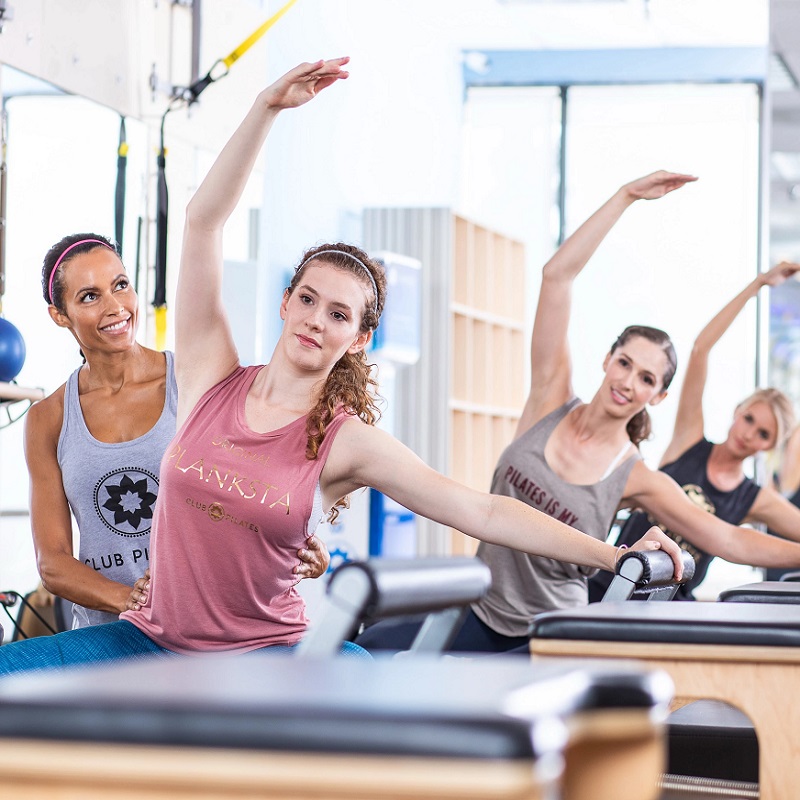
Conclusion: Your Path to Becoming a Certified Pilates Instructor
In conclusion, understanding how to become a Pilates instructor involves exploring different certification paths, program requirements, and various benefits that come with obtaining certification. Whether you choose comprehensive training or focus solely on mat Pilates, becoming a certified instructor opens up career opportunities and provides personal fulfillment.
Each certification program offers unique approaches and advantages, so it’s essential to find one that aligns with your goals and teaching style. Ultimately, the journey to becoming a Pilates instructor is about your passion for movement, helping others, and continuous growth in the ever-evolving fitness world. Now that you have a clearer perspective on your certification options, you can take the next steps toward a rewarding and fulfilling career as a Pilates instructor.
